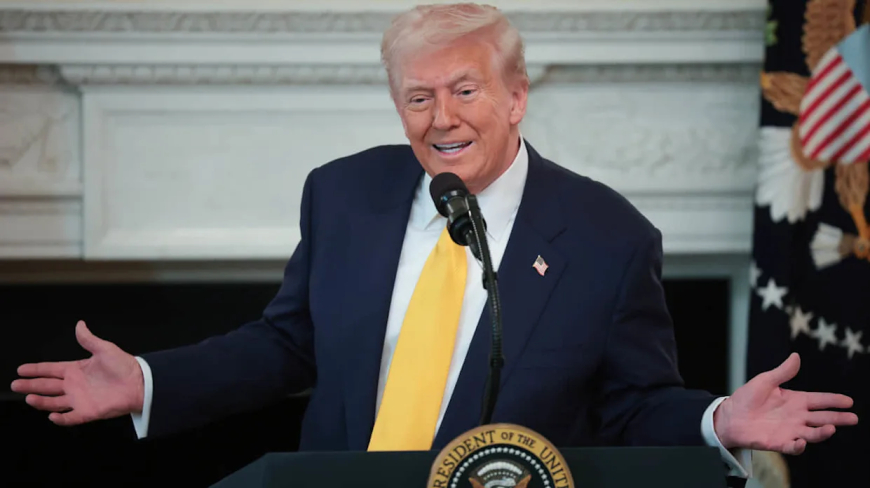Trump Signs Executive Order Targeting Threats From Russia, Signaling Heightened U.S. Security Priorities
President Trump signed an executive order targeting threats from the Russian Federation, highlighting cybersecurity, sanctions, and heightened U.S. security priorities.

Washington, D.C. — President Donald Trump has signed a new executive order addressing what the administration describes as “persistent and evolving threats” posed by the Russian Federation, underscoring a renewed national security focus at a time of escalating geopolitical tensions. The move places Russia at the center of U.S. security policy, with broad implications for defense, cyber operations, and international diplomacy.
Scope of the Executive Order
The executive order directs U.S. intelligence agencies, the Department of Defense, and the Department of Homeland Security to strengthen countermeasures against Russian cyber intrusions, disinformation campaigns, and potential threats to critical infrastructure. It also authorizes new sanctions against Russian entities accused of targeting U.S. democratic institutions and expanding military influence abroad.
Senior administration officials said the order was designed to “close gaps” in America’s defense posture. A White House spokesperson emphasized that the initiative “makes clear that the United States will act decisively when faced with hostile activities from the Russian Federation.”
Cybersecurity at the Core
At the heart of the order is cybersecurity. The directive calls for accelerated development of defensive and offensive cyber capabilities to safeguard U.S. networks. It also expands collaboration between government agencies and private companies in sectors such as energy, transportation, and finance, which remain vulnerable to foreign cyberattacks.
The Department of Homeland Security has been tasked with issuing new guidelines for critical infrastructure operators. Officials said these steps were necessary after recent cyber operations traced back to Russian-linked groups raised alarms in Washington and among allies.
According to Reuters, U.S. intelligence assessments continue to cite Russia as one of the most aggressive actors in cyberspace, alongside China, Iran, and North Korea.
Geopolitical Implications
The executive order arrives amid heightened friction between Washington and Moscow. The Kremlin has dismissed U.S. allegations of malign activity, labeling the executive order “unfounded and hostile.” Russian officials warned that the measures could undermine future diplomatic engagement.
For Trump, the move represents a shift toward more assertive security measures even as his administration maintains open channels with Russian President Vladimir Putin on issues such as arms control and counterterrorism. Analysts say this dual approach reflects the White House’s attempt to balance deterrence with pragmatic diplomacy.
Congressional and Political Reaction
Lawmakers from both parties reacted swiftly to the announcement. Republican leaders praised Trump’s order as evidence of a stronger national security posture, while Democrats argued it was overdue, pointing to years of reports on Russian interference in American politics.
“The executive order is a step forward, but it must be followed by consistent enforcement,” said one senior Democratic senator. “Words on paper mean little without action.”
The order could also influence upcoming debates on defense spending, with both parties likely to use its language as leverage in negotiations over the federal budget.
Impact on Allies and NATO
European allies welcomed the U.S. action, noting that Russia’s activities have also targeted NATO members. By signaling a tougher stance, Washington may reassure partners who have been urging a unified front against Moscow’s influence campaigns and military maneuvers in Eastern Europe.
However, analysts caution that the effectiveness of the executive order will depend on coordination with allies, many of whom face their own domestic pressures in dealing with Russia.
Looking Ahead
The executive order is expected to trigger new sanctions packages in the coming weeks and could lead to expanded intelligence-sharing with allies. Experts believe it also sets the stage for a broader U.S. strategy that frames Russia not just as a geopolitical rival but as a sustained national security threat.
Whether the order deters Moscow’s activities remains to be seen. For now, it marks a sharp reminder of the administration’s growing focus on countering foreign threats in an increasingly unstable global environment.














